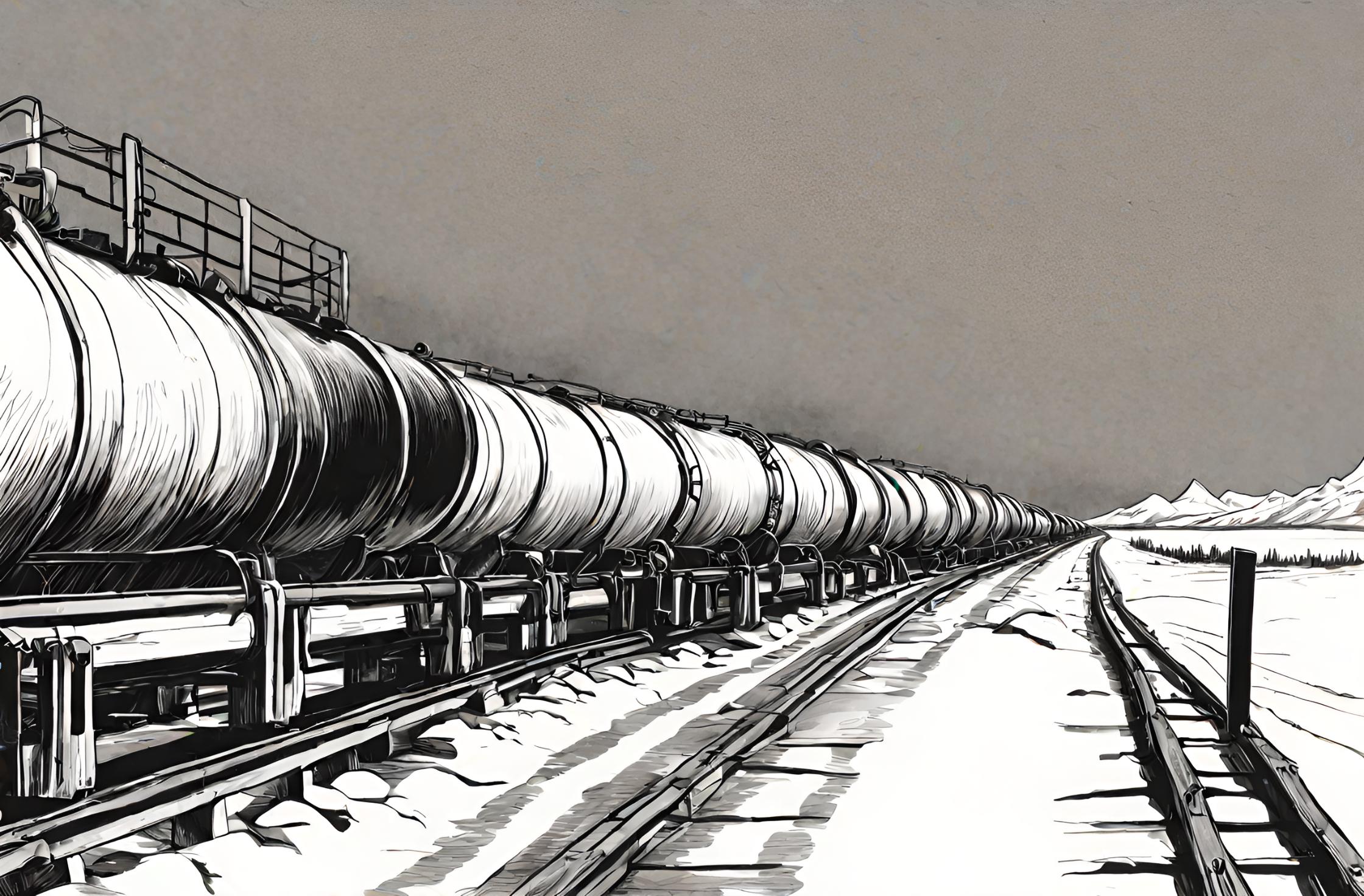Flashback to December 12
American History

On March 27, 1975, a significant event took place in Alaska that marked the beginning of a major infrastructure project – the construction of the Trans-Alaska Pipeline System (TAPS). This project aimed to transport crude oil from the North Slope of Alaska to the ice-free port in Valdez. The construction of TAPS had a profound impact not only on the economic landscape but also on the environmental and social aspects of Alaska. In this article, we will delve into the historical significance of this event and explore its lasting effects.
The decision to construct the Trans-Alaska Pipeline System came after the discovery of vast oil reserves in the Prudhoe Bay oil field on Alaska’s North Slope. Recognizing the potential economic benefits, President Richard Nixon signed the Trans-Alaska Pipeline Authorization Act in 1973, granting permission for the construction of the pipeline. It was estimated that this project could deliver over 2 million barrels of oil per day, which would significantly reduce America’s dependence on foreign oil.
The construction of the pipeline spanned over three years, involving a workforce of around 70,000 individuals. The ambitious project faced various challenges, including harsh arctic conditions, remote terrain, and the need to protect the fragile environment of Alaska. However, through innovative engineering practices and cutting-edge technologies, these challenges were overcome, and the construction continued. As the 800-mile-long pipeline began to take shape, it attracted attention from around the world.
The Trans-Alaska Pipeline System played a vital role in transforming Alaska’s economy. The project brought significant investment to the state, generated employment opportunities, and stimulated economic growth. Oil companies flocked to the region, setting up camps and facilities to support the construction efforts. The local communities experienced an influx of workers and a surge in economic activity. The project also pioneered various safety and environmental standards, ensuring that Alaska’s pristine wilderness was protected during and after construction.
The completion of the Trans-Alaska Pipeline System in June 1977 marked a milestone in American industrial history. The first oil flowed through the pipeline on June 20, 1977, forever changing Alaska’s relationship with the oil industry. The revenue generated from the pipeline played a significant role in supporting the Alaska Permanent Fund, which distributes annual dividends to Alaskan residents. Furthermore, the pipeline provided a lifeline to remote communities, enabling access to affordable energy sources and promoting development in the region.
Despite the project’s initial success, the Trans-Alaska Pipeline System has not been without its controversies. Environmentalists expressed concerns about the potential impact on Alaska’s fragile ecosystems. Measures were taken to mitigate these concerns, such as elevating the pipeline above the ground to allow caribou and other wildlife to migrate freely beneath it. Over the years, the pipeline’s operations have faced challenges, including oil spills and maintenance issues. However, the continuous efforts to improve safety and environmental practices have led to significant enhancements and mitigated these risks.
Today, the Trans-Alaska Pipeline System remains a critical component of Alaska’s infrastructure, ensuring the transportation of oil from the North Slope to the Valdez terminal year-round. It serves as one of the major arteries for supplying crude oil to refineries in the United States, making a substantial contribution to the country’s energy needs. The pipeline has become an enduring symbol of Alaska’s ambition and resilience, showing how innovative engineering can overcome the most formidable obstacles.
The construction of the Trans-Alaska Pipeline System in 1975 and its subsequent completion in 1977 marked a turning point in Alaska’s history. The economic benefits, technological advancements, and environmental considerations associated with the project have had a lasting impact on the state and the nation as a whole. Today, the pipeline continues to be a critical lifeline supporting Alaska’s economy while striving to maintain high safety and environmental standards. The Trans-Alaska Pipeline System stands as a testament to human ingenuity and the ability to undertake monumental projects in the face of adversity.
We strive for accuracy. If you see something that doesn't look right, click here to contact us!
Sponsored Content

New York City Subway…
Experience the historic expansion…

The United States Supreme…
"Explore the significant ruling…

James Altgens, photographer (John…
"Renowned photographer, James Altgens,…

Pennsylvania becomes second state…
"Pennsylvania made history on…

